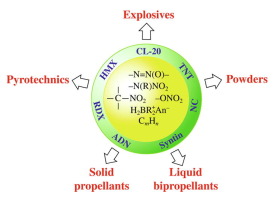Energetic Materials: From Science to Applications and Safety

About Course
From the explosive force behind rocket launches to the dazzling brilliance of fireworks and the precision of surgical tools—energetic materials power innovation across countless industries. This course takes students on a high-energy journey through the science, synthesis, and safe application of materials that release energy in controlled (and sometimes spectacular) ways. Whether it’s for defense, space propulsion, demolition, or even energy storage, understanding how energetic materials work is crucial for engineers, chemists, safety officers, and innovators alike.
Dive deep into the fundamentals of how explosives, propellants, and pyrotechnics are made, studied, and applied. Learn the chemistry that fuels missiles, the physics behind firework displays, and the emerging role of energetic materials in next-gen batteries and medical applications. Along the way, explore the environmental and safety challenges associated with these powerful substances—and how science is responding with greener, safer alternatives.
Course Content
Introduction
Definition and significance of energetic materials
00:00Overview of the ebook’s content
00:00